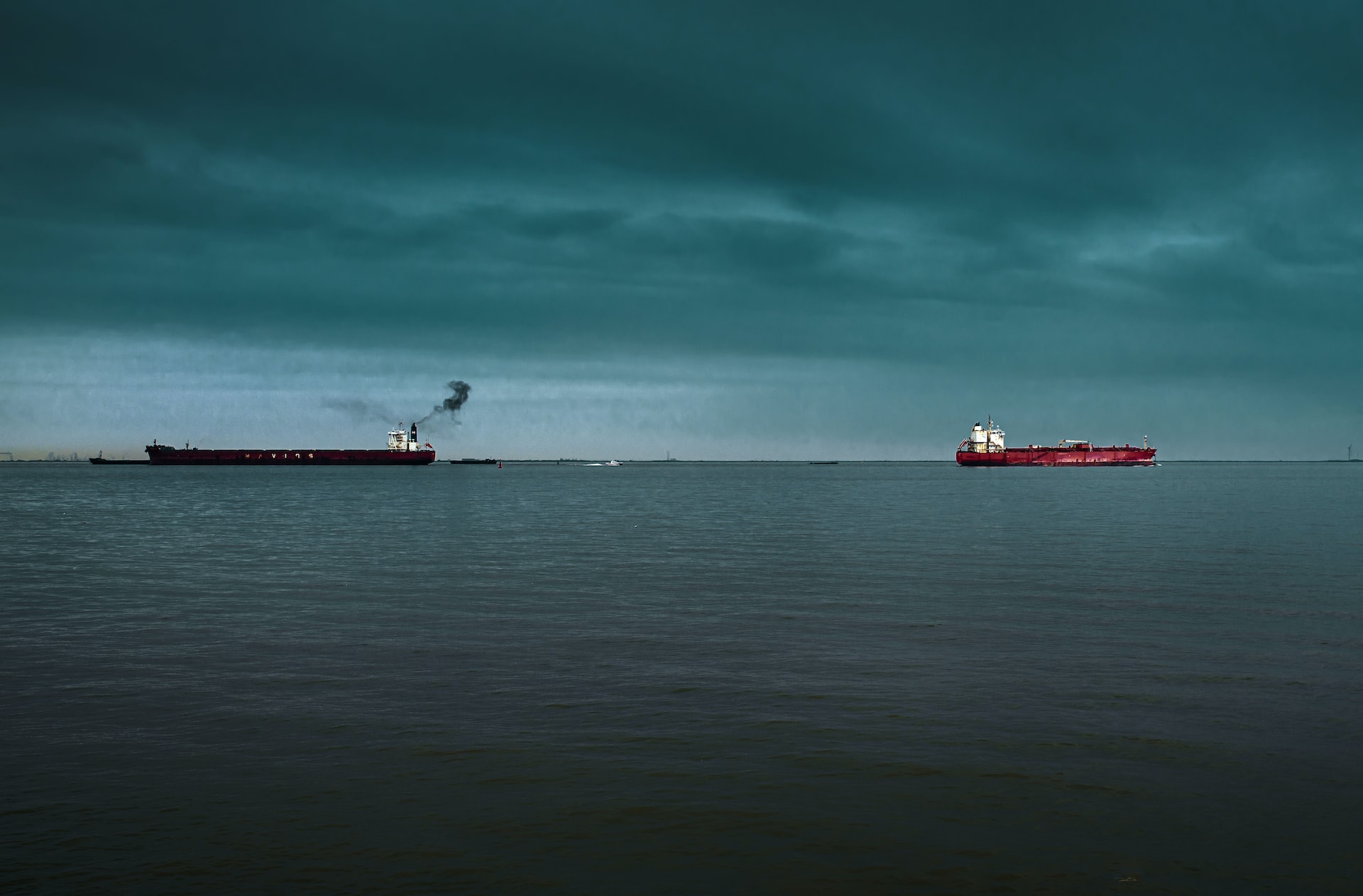All movements of Russian oil between Europe and Asia

Russian oil sales to Europe have plummeted, but cargoes to Asia are robust. What will change with the G7 and EU price cap?
There are two weeks left before the introduction by the G7 and the EU of a price cap on Russian oil and the question arises: how is Moscow's oil industry regulating itself? Where and to whom is it selling its crude oil?
Collapse of the continental European market
If the question is who Moscow is currently selling its oil to, the answer we get from a detailed Bloomberg article is that it's not Europe. In fact, deliveries from the Baltic and Arctic terminals have dropped by as much as 90%, having decreased from the level of 1.2 million bpd before the invasion of Ukraine, to less than 100,000 bpd. .
In the four weeks ending on 18 November, Russia delivered to Rotterdam, which is the last European destination open to sea flows from the Russian Federation (excluding those from the Mediterranean basin and the Black Sea), only 95,000 barrels per day.
This is the effect of the stop on Russian oil imposed several months ago by countries such as France, Germany and Lithuania, which has also been joined by Poland since September.
The overall flows towards the Old Continent
In the 28 days leading up to November 18, according to Bloomberg calculations, Russian oil exports by sea to European countries reached their lowest levels since the beginning of the year, with an average of 569,000 barrels per day.
Compared to the week that ended November 11, a further drop of 19% was recorded, equal to 131,000 barrels less.
Exports to the Mediterranean market also declined (631,000 barrels on average in the month that ended 18 November), with the notable exception of Turkey, whose import, estimated by Bloomberg at 300,000 barrels per day, is three times higher than pre-war volumes.
Another confirmation of the overall trend is represented by the direct flows to the ports of Bulgaria and Romania, which with just 146,000 barrels per day are halved compared to the peak reached in June.
It should be noted that the two countries bordering the Black Sea have secured partial exemptions from the EU embargo which will enter into force on December 5, which will allow Bulgaria and Romania to continue to import Russian crude oil.
Destination Asia
Where is Russian oil headed then? The answer is in Asia, where three-quarters of the production loaded in the Baltic ports goes.
Flows to Asia in the same period exceeded 3 million barrels per day, with significant growth in recent weeks.
In this regard, Bloomberg observes how Indian refineries are hoarding Moscow's black gold and will do so again in the coming weeks thanks to a clause in the price cap mechanism which tolerates deliveries made shortly after the December 5 deadline.
Bloomberg also notes that many cargoes departing from Russia prudently hide their destination until they cross the Suez Canal, a passage after which ships can reveal their final destination most likely to be an Indian or Chinese port. A good 75,000 barrels of oil per day reach Asia through this system.
While the bulk of cargo bound for Asia is destined for the markets of India and China, some of them occasionally call at destinations such as the United Arab Emirates and Sri Lanka.
Scenarios after the price cap
In these days, both the G7 and the EU are finalizing the final details of the mechanism which, starting next December 5th, will impose a maximum ceiling on the price of Russian oil.
But as OilPrice.com reports, the International Energy Agency (IEA) in its latest weekly report signaled "enormous uncertainties" as to the scenarios that open both in the immediate and in the medium term.
“The imminent EU embargo – writes the IEA – on Russian oil and on the importation of petroleum products … will create strong tensions in the global equilibrium of the oil market, particularly with regard to an already reduced supply of diesel”.
The IEA notes that imposing a price cap "could help ease tensions, even if a myriad of uncertainties and logistical challenges remain."
This is a machine translation from Italian language of a post published on Start Magazine at the URL https://www.startmag.it/energia/petrolio-russo-europa-asia/ on Wed, 23 Nov 2022 07:48:54 +0000.
